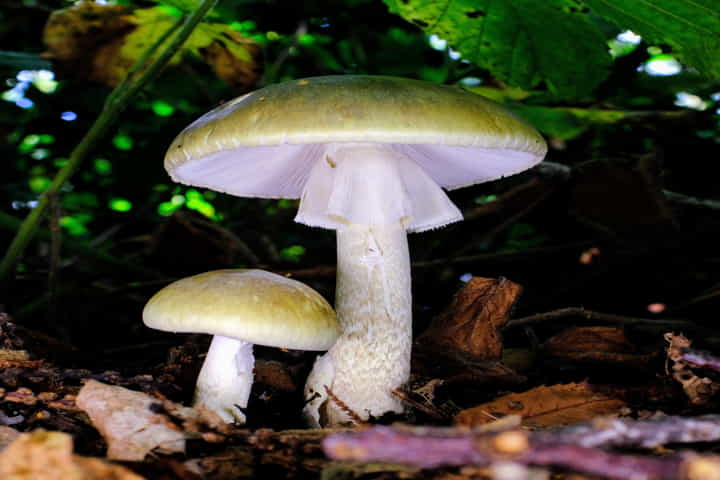It has all the attributes of becoming the subject of a frightening horror film. Among all the deaths due to mushroom the world over, this species from Europe called death cap or Amanita phalloides causes 90 per cent of them.
What makes death cap deadly is its unassuming looks which can easily fool anybody including humans and animals. It is lethal as half of it can kill an individual. In the absence of medical help, within six hours it can cause liver failure.
Its danger assumes gigantic proportions as it is spreading rapidly across the world including North America at a furious pace and ease, leading to several fatalities.
Deadly Poisonous Mushrooms ☠️☠️☠️ Death Caps 🍄🍄🍄 Amanita Phalloides
WARNING ⚠️ DO NOT EAT‼️SUDDEN DEATH 💀 pic.twitter.com/uMuOYoPrm7
— Veg Farm Tek (@VegFarmTek) December 2, 2022
Scientists now as per a report in sciencealert.com have found out how this agent of death is making its presence felt across the world. In a study led by scientists of University of Wisconsin-Madison, a stunning discovery was made that these A. phalloides don’t require a mating partner and that it can produce spores using a single individual’s chromosomes.
This find was based on study of the genomes of 86 mushrooms collected in California, US from 1993 onwards and parts of Europe since 1978. In the former it was found that these mushrooms procreated sexually and asexually for at least 17 years and possibly for 30 years.
Individual specimens collected in 2004 and one gathered in 2014 from two different places were discovered to have the same genetic material thus pointing towards making them the same individual mushroom.
Mentioning this, the scientists in their paper wrote: “The diverse reproductive strategies of invasive death caps are likely facilitating its rapid spread, revealing a profound similarity between plant, animal, and fungal invasions.”
Sexual spores are created when two different parents provide a set of their chromosomes for procreation while asexual ones come into being when the mushroom simply copies its own set of chromosomes into two packages that are identical.
Reproduction through sex enables evolution and adaptation of the species as it brings in more genetic variation while asexual method provides means of spreading fast and ability to thrive on its own.
The spread of death cap mushroom from its place of origin – northern Europe – to other regions of the continent, and Australia and North America could be attributed to asexual reproduction.
Interestingly, it was also found death caps could continuously prosper by copying themselves till such time they find a mate. Highlighting this the scientists said: “Some of the offspring of these mushrooms mate, while others do not, and the cycle repeats.”
The details of this research which were published in bioRxiv will help in forming strategies to contain this innocent looking yet lethal mushroom.




















